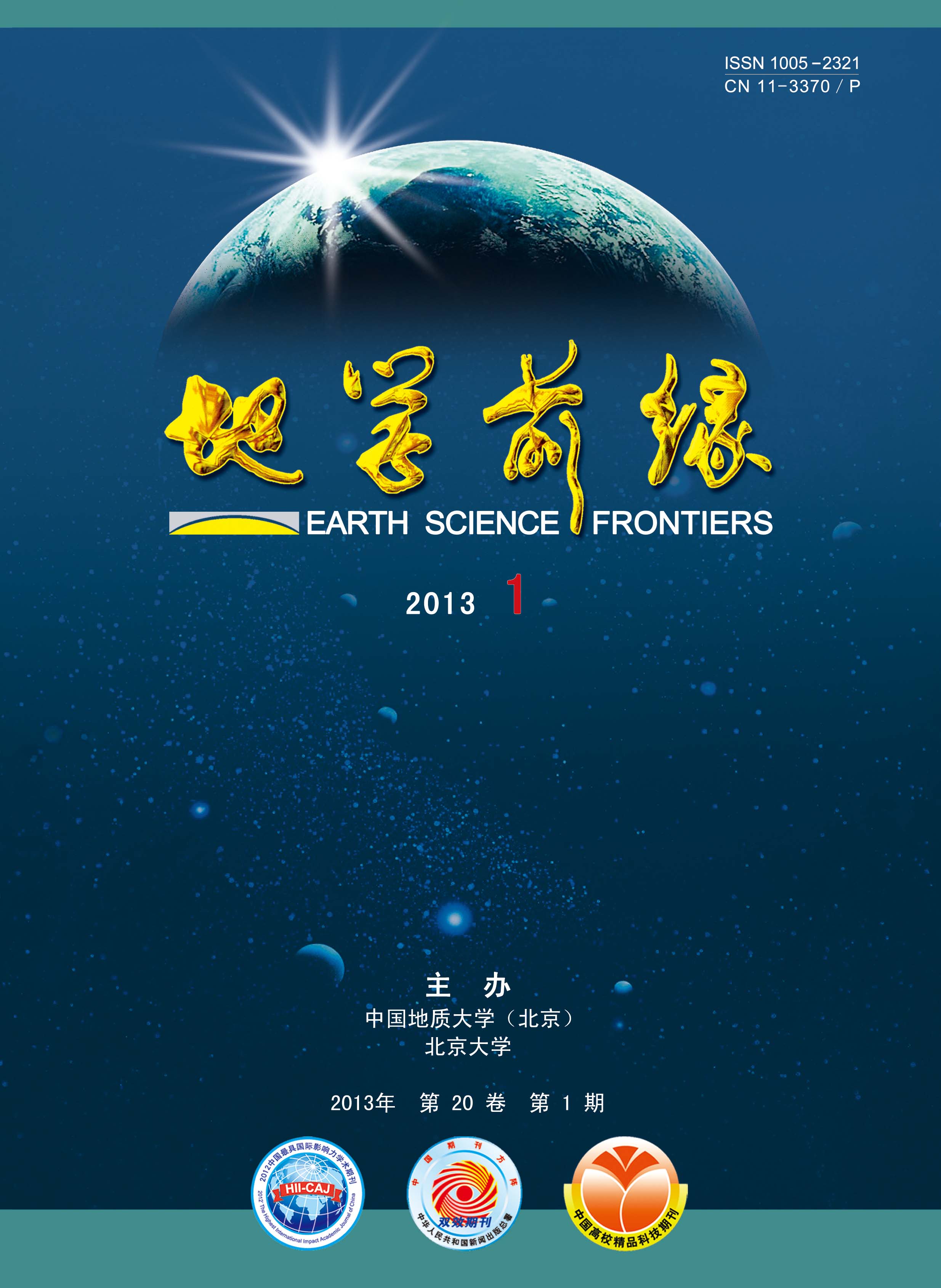Active and varied sedimentation frequently occurred in continental margin area during oceancontinent or basinrange transformation, a complex process with limited knowledge so far.Based on stratigraphic correlation between continents and orogens, two more complete DevonianCarboniferous profiles, located between the northern margin of Tarim block and South Tianshan (TST belt), are investigated and studied focusing on basinfilling and depositional sequences. Alkaline basalt, radiolarian chert and turbidite were developed from the Devonian to the Early Visean Phase of the Early Carboniferous. However, relatively shallow carbonate and terrigenous clastic rocks, with mixed sedimentary strata, distinctly deposited after the Late Visean Phase, indicating the occurrence of oceancontinent transformation.Further research focuses on 19 detrital heavy mineral samples and 12 detrital zircon (U-Pb and Hf) geochronological ones.Combined with sandstone framework grain components, the provenance and tectonic evolution implications are synthetically analyzed. From the Devonian to the Early Visean Phase of the Early Carboniferous, unstable and varied detrital assemblages, with some detrital zircons approximately similar to their strata age, occurred in the eastern section of TST belt, showing chaotic deposition and relatively short south-north sourcesink (provenancedeposition) systems limited in active continental margin.However, more mature sandstone components, with a lot of detrital zircons bearing basement ages of Tarim continental block, were developed in the western section of TST belt, which is evident deposition attributes related to passive continental margin. From the Late Visean Phase of the Early Carboniferous to the Late Carboniferous, relatively higher mature sandstone components, with an amount of detrital zircons bearing the basement ages of Tarim continental block and some zircons with age of 390460 Ma showing typical positive εHf(t) values, deposited in the eastern section of TST belt.It mainly attributes to the complex orogen provenance type and middle-short sourcesink systems, probably reflecting deposition in residual sea. At the same stage, even higher mature sandstones, with dominant detrital zircons bearing basement ages of Tarim continental block, accumulated in the western section of TST belt, probably showing deposition in failed ocean or residual sea, characterized by relatively long sourcesink systems across continental margin and interior. No clear orogeny evidences were found from depositional records in the study area till the Late Carboniferous Epoch, though the South Tianshan ocean closed after the Visean Phase of the Early Carboniferous. Therefore, evident divergence of continental margin tectonic and relative basin system evolution existed between the eastern and western sections of TST belt, which was a response to the complexity of continental margin rifting, archipelagic ocean closure and continent (micro-continent) convergence in the Central Asia.

